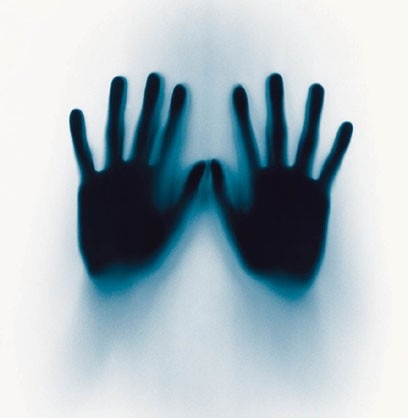
Image source: Human trafficking, slavery and the sex trade
I found this fantastic table on the US Department of State website and I do hope it is acceptable to reproduce it here for purely educational purposes. The chart was developed by the Solidarity Center and is meant to be a simplification of the 2000 UN Protocol to Prevent, Suppress and Punish Trafficking in Persons.
In order for an a situation to be considered an act of human trafficking, it must have at least one the elements listed below in each of the criteria of process, ways / means and goal.
This is especially significant as the ways and means generally refer to an element of force and imply that the individual is a non-willing participant and the goal speaks to the perpetrators’ nefarious and illegal intentions. When we speak of human trafficking in the current sense, we are not talking about refugees banding together to boat their way into a safer country. These are people who are tricked or coerced during the process and are forced into slavery, prostitution or bonded labour on the other side in order to “buy” their freedom or simply save their own life or the lives of their families.
| Process | + | Way/Means | + | Goal |
| Recruitment or Transportation or Transferring or Harboring or Receiving | A N D | Threat or Coercion or Abduction or Fraud or Deceit or Deception or Abuse of Power | A N D | Prostitution or Pornography or Violence/Sexual Exploitation or Forced Labor or Involuntary Servitude or Debt Bondage or Slavery/Similar practices |

5 comments
I always wondered what the statistics on human bondage and trafficking would really say, if we compared today with another period centuries ago, when slavery was still "legal".
I would not be at all surprised if it turned out that things are not very different number-wise at all.
What an amazing post !! Loved the post..Unseen Rajasthan
"A Passion To Understand" has been included in this weeks Sites To See. I hope you like the image I featured, and I hope this helps to attract many new visitors here.
http://asthecrackerheadcrumbles.blogspot.com/2009/10/sites-to-see_23.html
I am so grateful to have this blog to get my awareness of human rights issues up to date. After emigration and marriage, my activism has been stopped. But I'll get back there in due course!
@ Politicus: What you wrote really made me think. There are a couple of key differences I think. The first is in the goal. The majority of slaves taken in the 16th to 19th century ended up working for the landed gentry in the new colonies whereas the goal of today's slavery is almost always criminal in nature and intent. The second is that we have international bills of human rights now that were not in place to protect people a couple of hundred years ago.
I feel very strongly about the 16th - 19th century slave trade (and was shattered after visiting the slavery museum in Liverpool in December) but something tells me that we should know better these days and that this is not a continuation of something that has always been there but something new and evil.
@ Unseen Rajasthan: Thank you very much.
@ FishHawk: Thank you so much! What an honour to be included in your list!
@ Gaelikaa: Thank you. I know exactly what you mean! Emigration is one of the hardest things to do. I started this blog to try keep my mind on these issues and I am glad that you find it useful.
Post a Comment